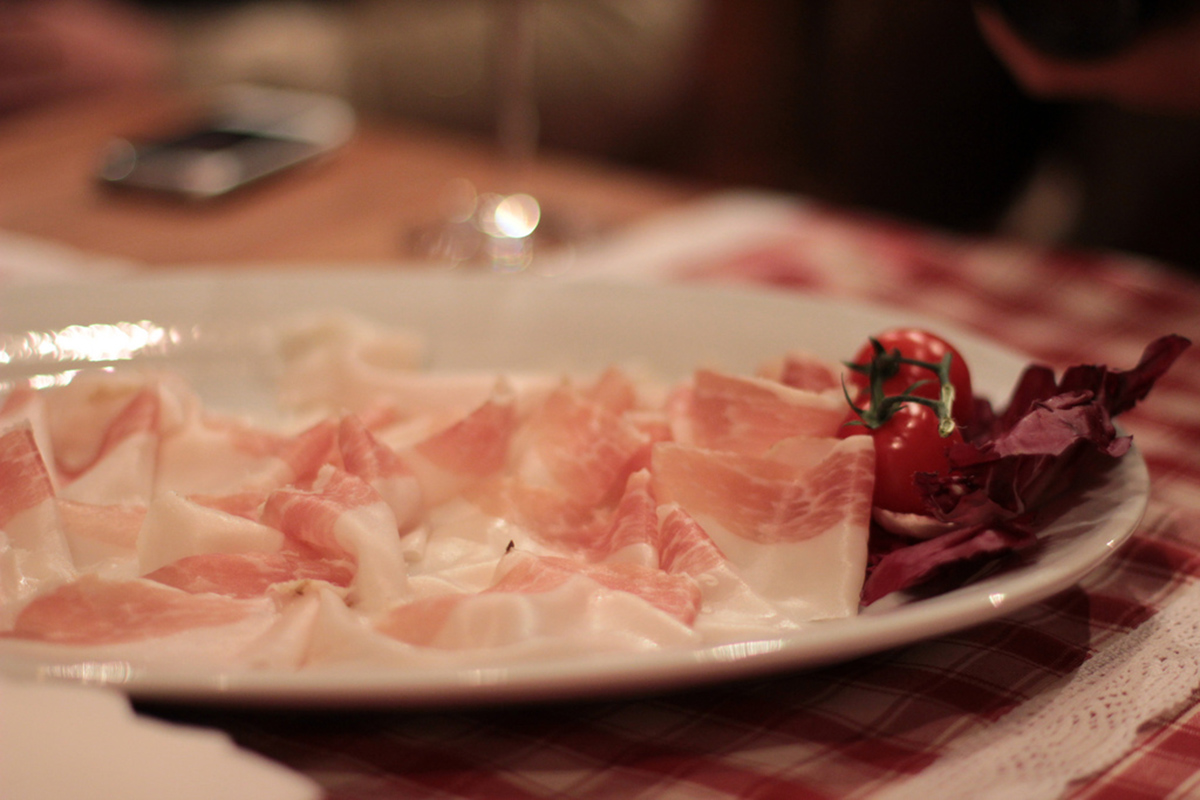Table of Contents
Put all that back in and there sure is a correlation between fat and heart disease. The more fat you eat, according to the ’22-country’ study, the LESS likely you are to die from heart disease.

But... Doesn't Fat Make You Fat?
What about obesity? There’s an obesity epidemic raging right now that’s absolutely off the charts: one in three adult Americans is obese, and obesity is life threatening. The last time one in three people in a country the size of the United States was afflicted with the same life-threatening illness was the Black Death.
Doesn’t eating fat make you fat?
It’s a hard idea to shake. It makes sense that if you want to lose fat, off your body, you shouldn’t put more fat into your body.
That’s obvious, right?
Trouble is, it has more in common with sympathetic magic than with serious dietary advice. Eating fat isn’t a matter of pouring fat into your body, which then stays there. Complex metabolic interactions are happening between your body’s fat stores and the rest of your metabolism all the time, and fat isn’t metabolically inert as once thought. It’s also not taken straight out of your digestive system and stuck onto your abdomen, obscuring your six-pack and threatening an early grave.
When did the obesity epidemic in the USA start? In 1977. That’s the year obesity levels, flat or tilting slowly up until that time, pitched upward – and they’ve only accelerated since then. Something must have happened in 1977, right?
That would be the publication of low-fat dietary guidelines and the intervention of pressure groups to push a low-fat agenda in restaurants, hospitals, schools –everywhere, in fact.
Fat doesn’t make you fat. Fat is a slimming aid.
See Also: Fat Vs. Carbs: Which One Is Really To Blame?
Fat and Margarine
Where did all the impetus for a low-fat diet come from? Why did Ancel Keys falsify his data? Why did America pitch downward into a trough of obesity and take the rest of the world with it? Why were we all recommended the diabetic diet for more than forty years?
Crisco – for Crystalised Corn Oil – was designed as an industrial lubricant, then used as animal feed to fatten livestock for slaughter. When its popularity declined after the Second World War its secondary business as a shortening for baking expanded and pretty soon it was in the margarine business, selling its hydrogenated vegetable fat product as a heart-healthy alternative to lard and butter.
- Photo courtesy of Michela Simoncini by Flickr: www.flickr.com/photos/comunicati/6561275751


Your thoughts on this